
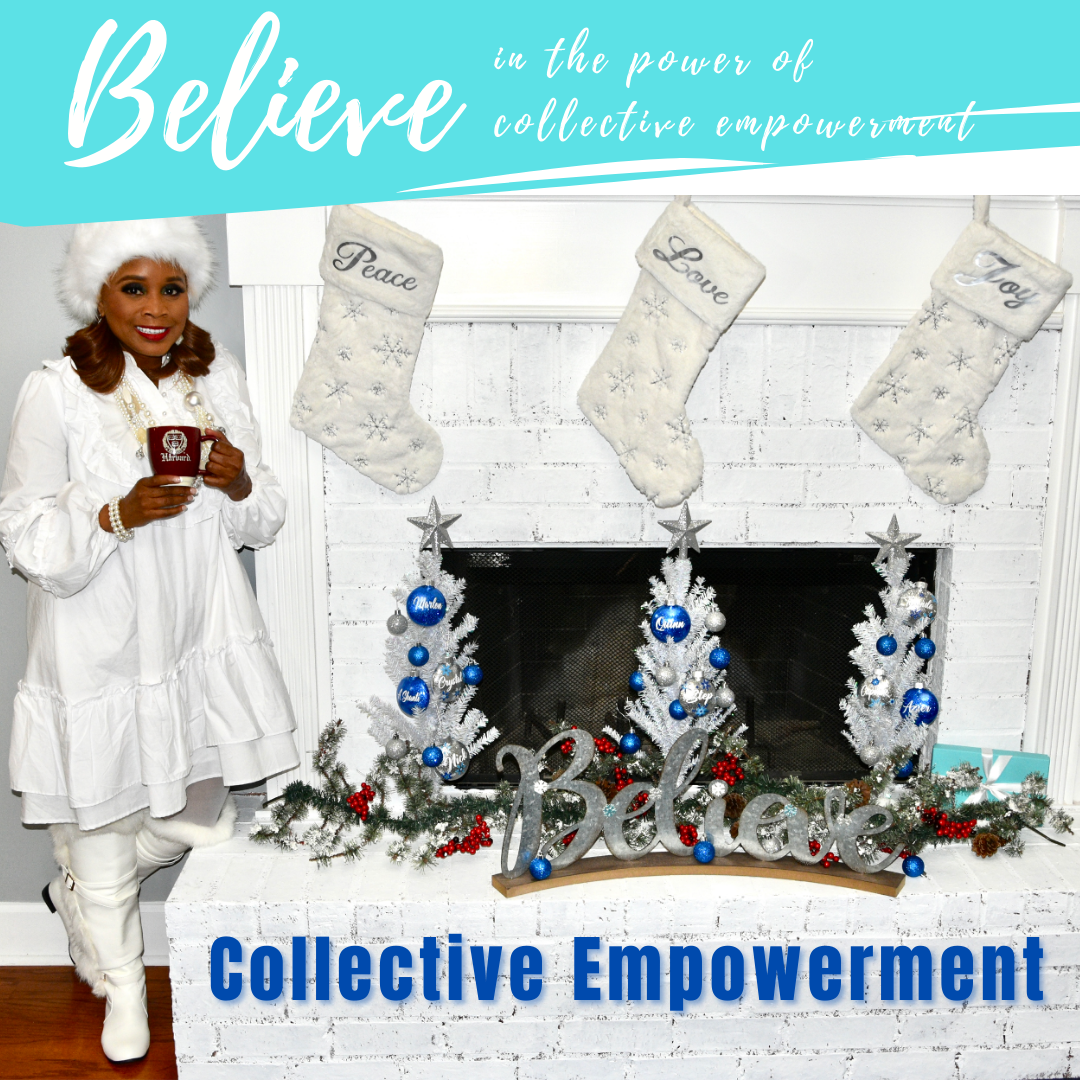
Welcome to my blog on “Advancing Black Feminism in Public Health.” My goal is to move black feminism from the margins to the center of public health by applying 10 key principles as legitimate and comprehensive frameworks for adequately addressing health threats and related social and structural determinants of health in the lives of black women and girls.
Dr. Quinn M. Gentry
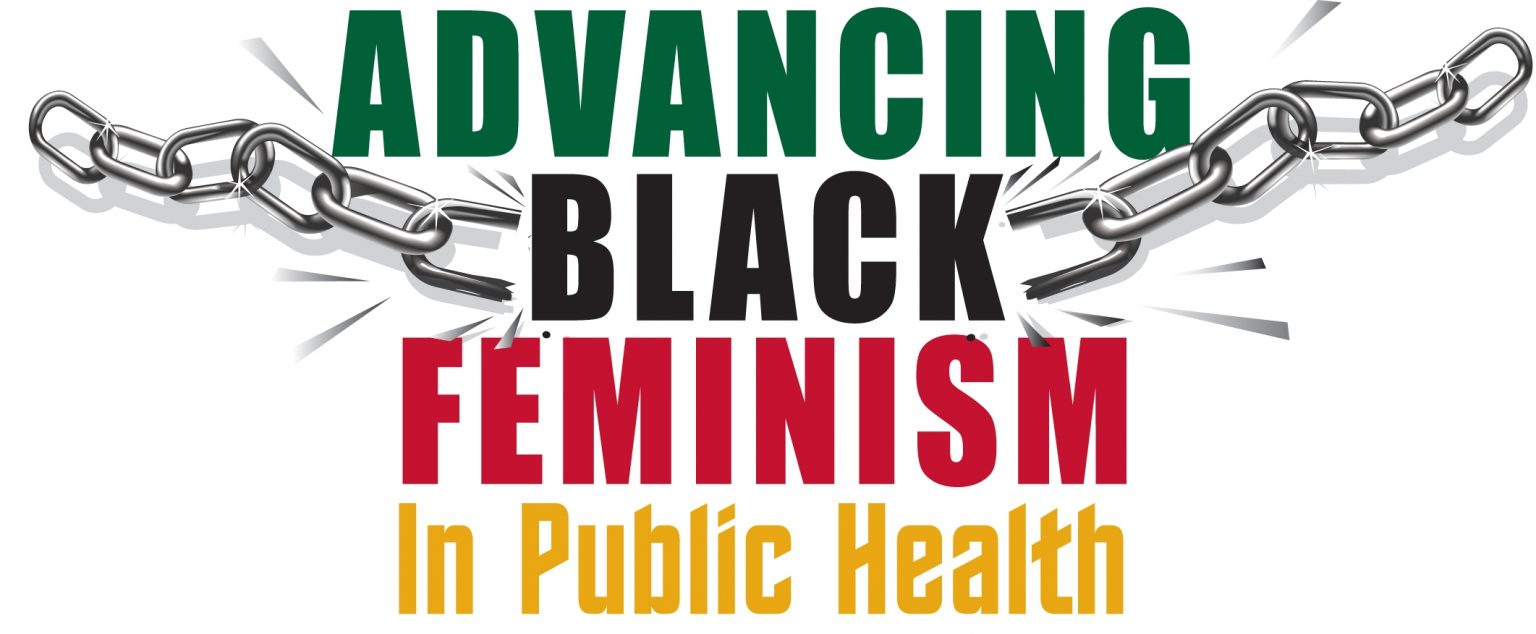
In this vlog, I hope to inspire those working together towards equity as exemplified in principle no. 10 (of 10): Pursue Collective Empowerment, Activism, and Social Justice for advancing black feminism in public health. The rhetoric of “empowerment” permeates public health promotions and interventions. Black feminism builds upon this existing narrative with a standpoint on “collective empowerment”, where scholar/activists unite with diverse advocates and underprivileged groups of people to foster health equity.
“If you want to go fast, go alone. If you want to go far, go together.”
African proverb Tweet
In the video below, I identify core elements of collective empowerment through an acronym for B.E.L.I.E.V.E. No matter your chosen public health cause or related social or structural injustice cause, when we come together to advocate, connect, and support the power of health equity, this African proverb sums up collective empowerment: “If you want to go fast, go alone. If you want to go far, go together.” Believing in the power of collective empowerment serves as our public health blueprint for progress.
B. E. L. I. E. V. E.
"I believe that by embracing the spirit of collective empowerment, we are on a path to total victory, because the entire world is watching, as, every crisis is an opportunity to chip away more of the old structures, shake loose the lingering walls and lines of discriminatory demarcation, and thereby pave the way to build something new, something better."
Dr. Quinn, Intellectual Influencer Tweet

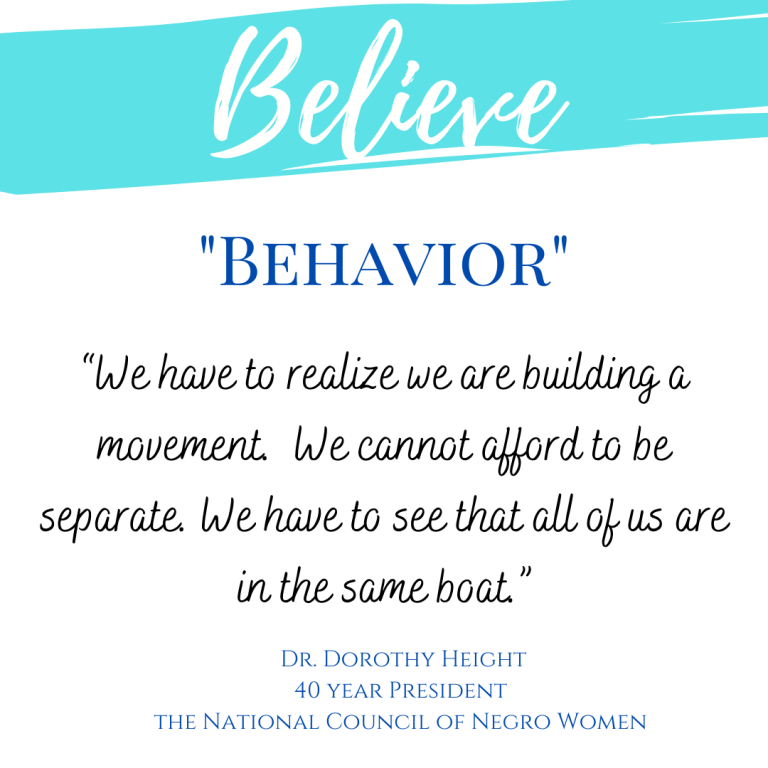
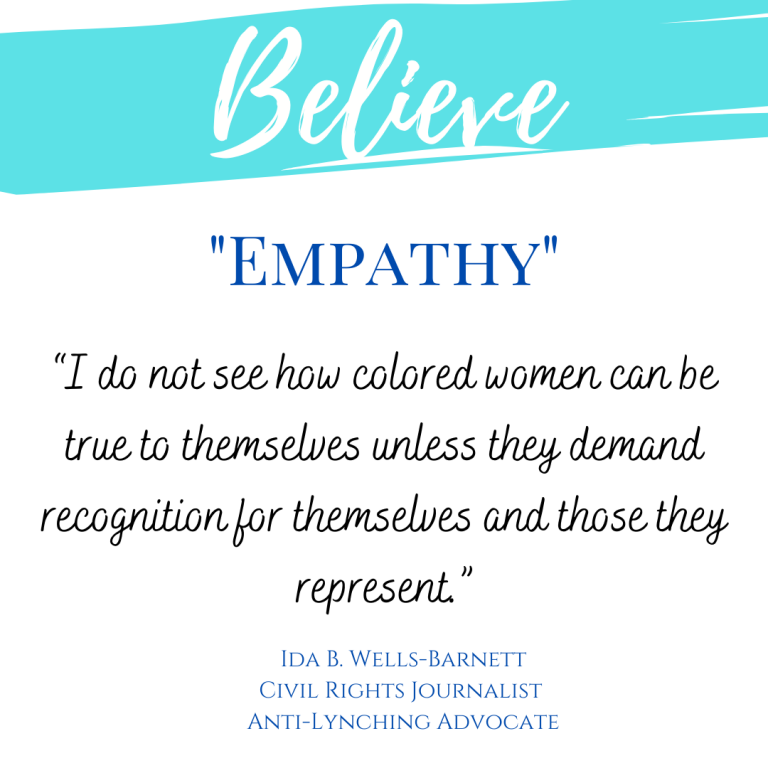
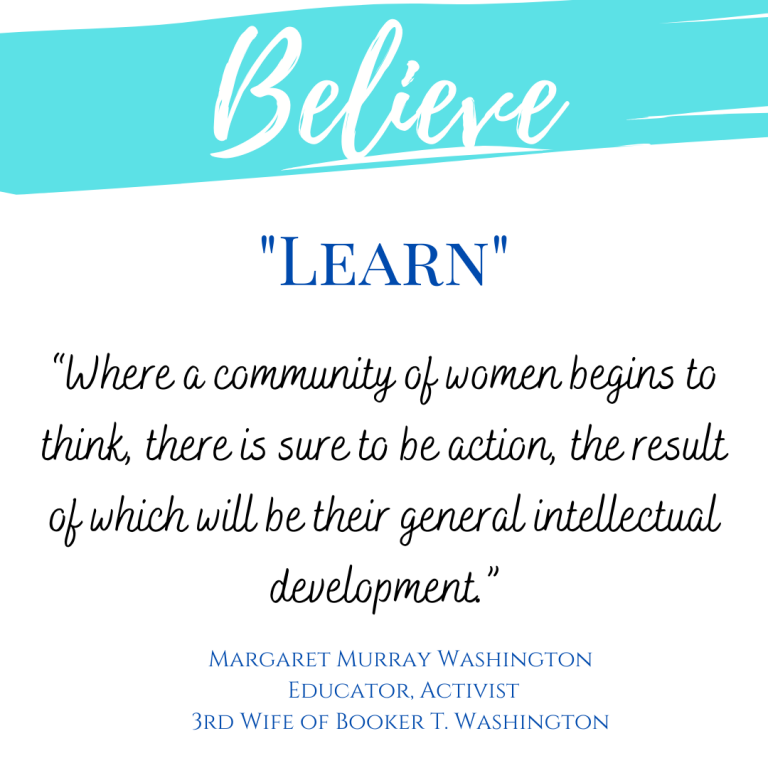
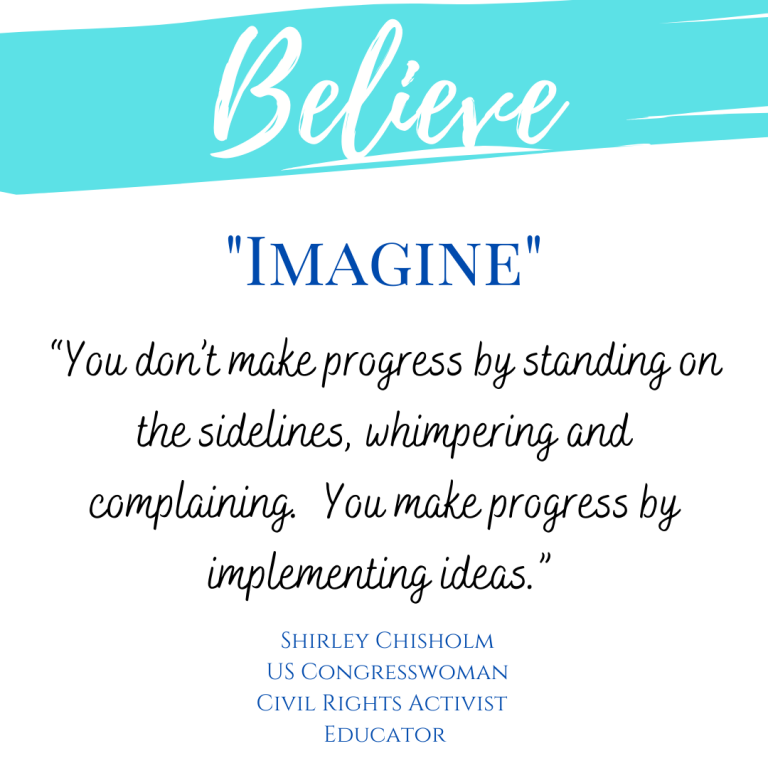

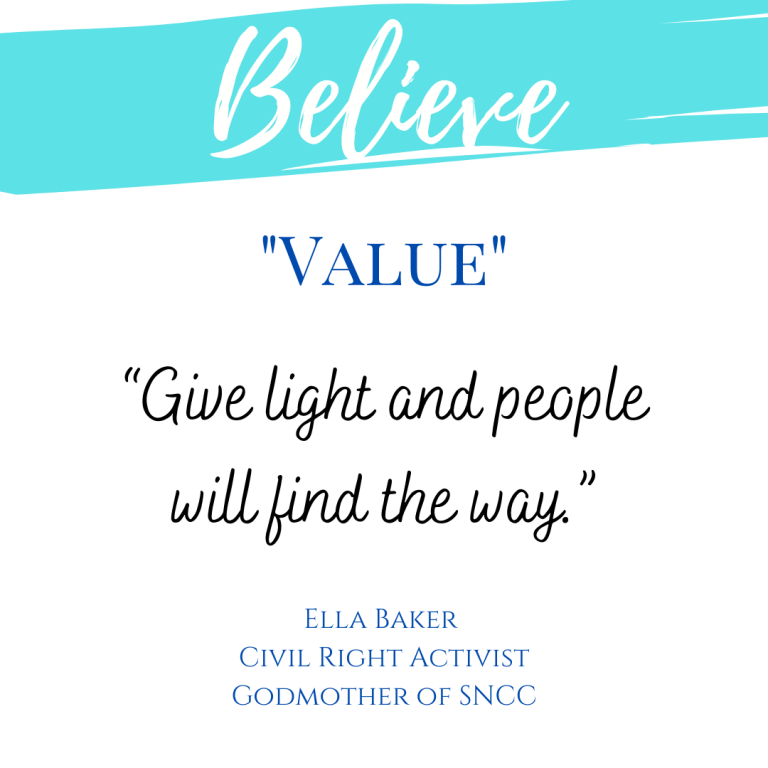
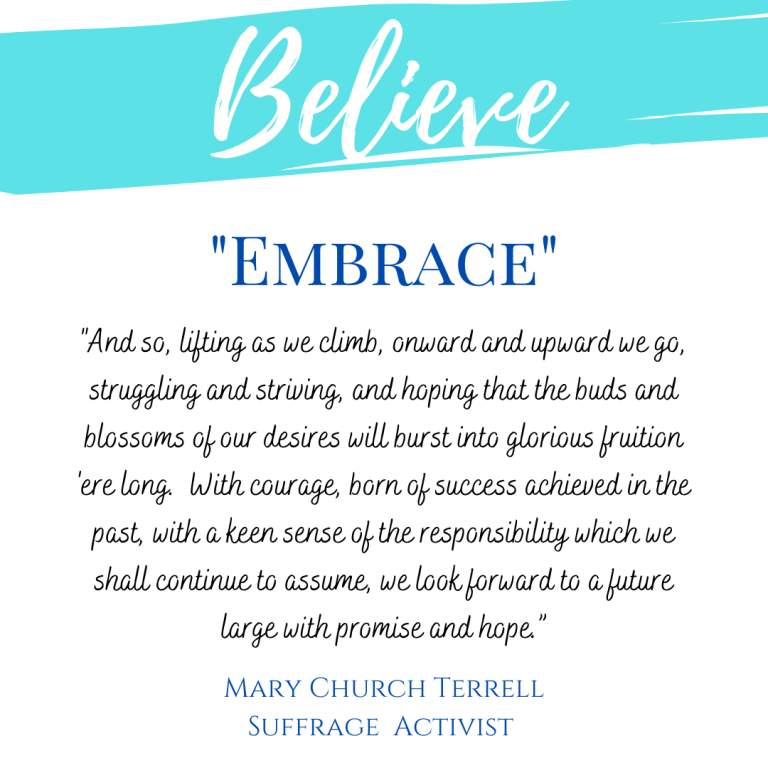
More by Dr. Quinn M. Gentry here.
HPHR.org was designed by ComputerAlly.com.
Visit HPHR’s publisher, the Boston Congress of Public Health (BCPH).
Email communications@bcph.org for more information.

Click below to make a tax-deductible donation supporting the educational initiatives of the Boston Congress of Public Health, publisher of HPHR Journal.![]()